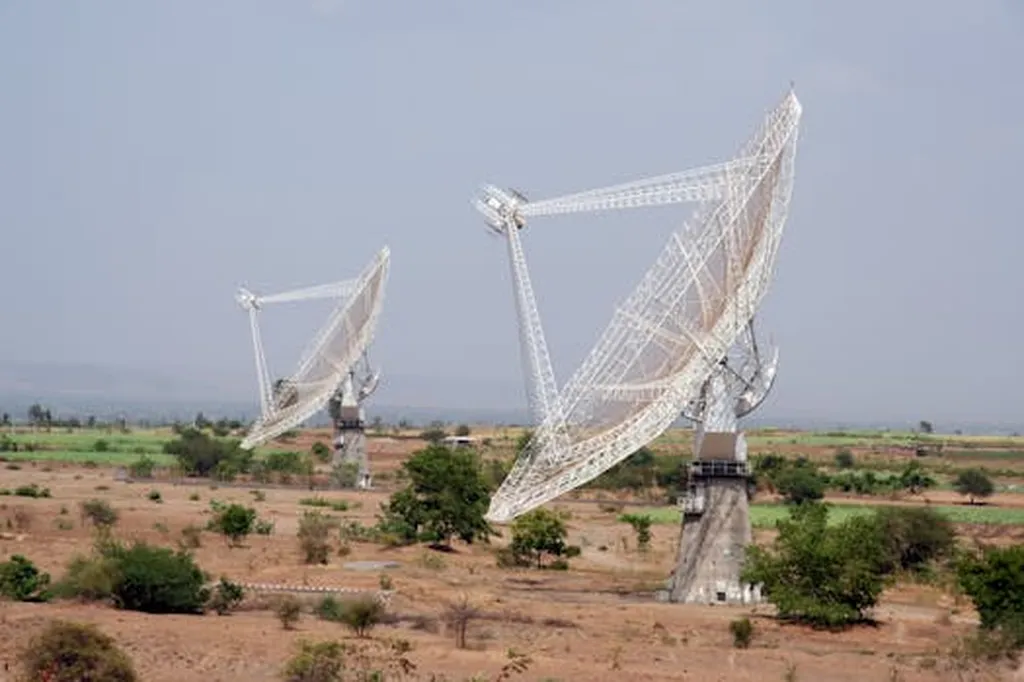In the heart of India, where agriculture is the lifeblood of the economy, droughts can wreak havoc on crops, water resources, and livelihoods. Timely detection of these droughts is crucial for implementing effective mitigation strategies. A recent study published in the journal ‘Dálkyvný Pozorovanie’ (Remote Sensing) explores an innovative approach to drought detection using satellite data and machine learning, offering promising solutions for the agricultural and energy sectors.
Shubham Subhankar Sharma, a researcher from the Department of Electrical, Computer & Biomedical Engineering at the University of Pavia in Italy, led a team that leveraged multispectral Sentinel-2 data and machine learning techniques to detect drought conditions in three distinct regions of India: Jodhpur, Amravati, and Thanjavur. The study focused on the Rabi season, which spans from October to April, a critical period for agriculture in these regions.
The team utilized twelve remote sensing indices to assess various aspects of vegetation health, soil moisture, and water stress. “We wanted to understand how these indices could jointly indicate regional drought events,” Sharma explained. The researchers gathered reference data from official government drought declarations and regional news publications to create a ground truth table, indicating the presence or absence of drought for each region across a ten-year period.
This ground truth data was then used to train and evaluate machine learning models, including Random Forest, XGBoost, Bagging Classifier, and Gradient Boosting. The models were tasked with classifying drought conditions based on spectral information from the Sentinel-2 satellites. Among the models, XGBoost achieved the highest accuracy at 84.80%, followed closely by the Bagging Classifier and Random Forest.
The study also employed a seasonal majority voting strategy, assigning a final drought label for each region and Rabi season based on the majority of predicted monthly labels. Using this method, XGBoost and Bagging Classifier achieved an impressive 96.67% accuracy, precision, and recall, while Random Forest and Gradient Boosting reached 90% and 83.33%, respectively, across all metrics.
One of the key findings of the study was the consistent influence of the Normalized Multi-band Drought Index (NMDI) and Day of Season (DOS) in determining model predictions. “These features help reveal the underlying spatiotemporal dynamics of drought indicators, offering interpretable insights into model decisions,” Sharma noted. Other important features identified included the Red-edge Chlorophyll Index (RECI), Normalized Difference Water Index (NDWI), Normalized Difference Moisture Index (NDMI), and Ratio Drought Index (RDI).
The study also conducted a feature ablation study to evaluate the impact of feature selection. XGBoost demonstrated the best overall performance, especially when using the Top 5 features. This research not only provides a robust method for drought detection but also offers valuable insights into the features that drive model performance.
The implications of this research are significant for the agricultural and energy sectors. Accurate and timely drought detection can help farmers make informed decisions about crop management, irrigation, and resource allocation. For the energy sector, understanding drought patterns can aid in water resource management, which is crucial for hydropower generation and thermal power plant operations.
As climate change continues to exacerbate drought conditions, the need for advanced drought detection and monitoring systems becomes increasingly urgent. This study represents a significant step forward in leveraging satellite data and machine learning for drought detection, paving the way for more resilient and sustainable agricultural and energy practices.

